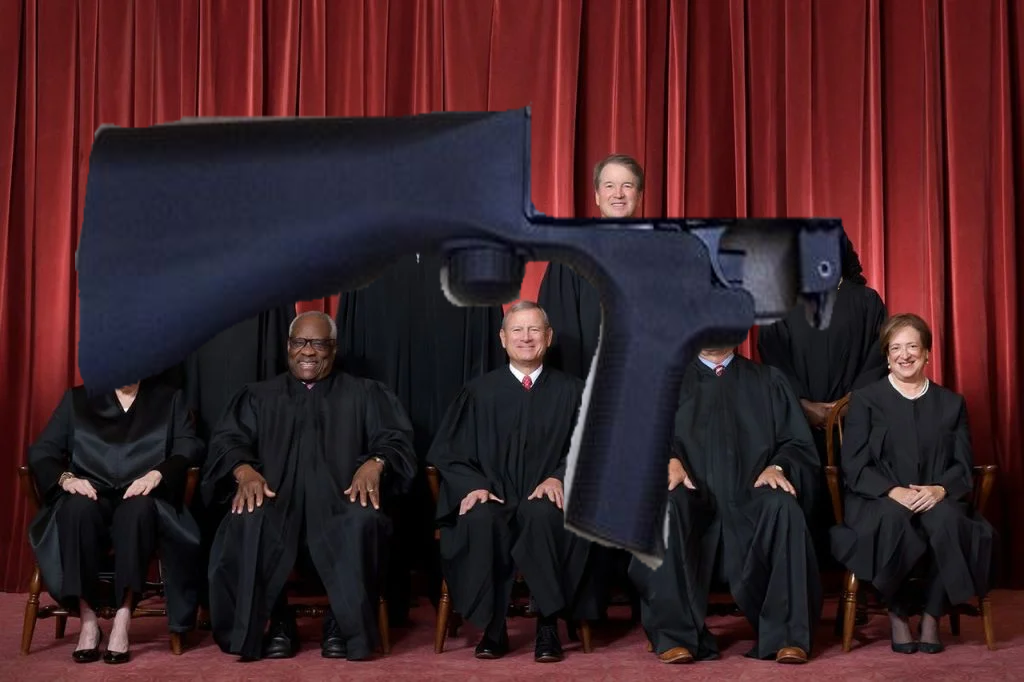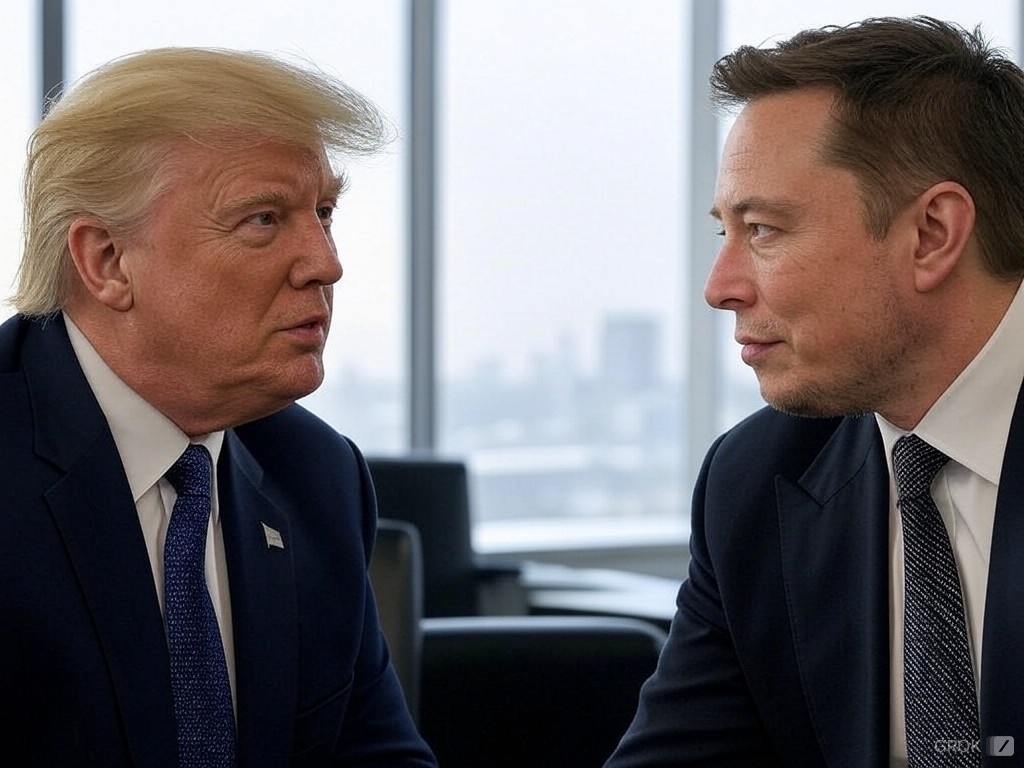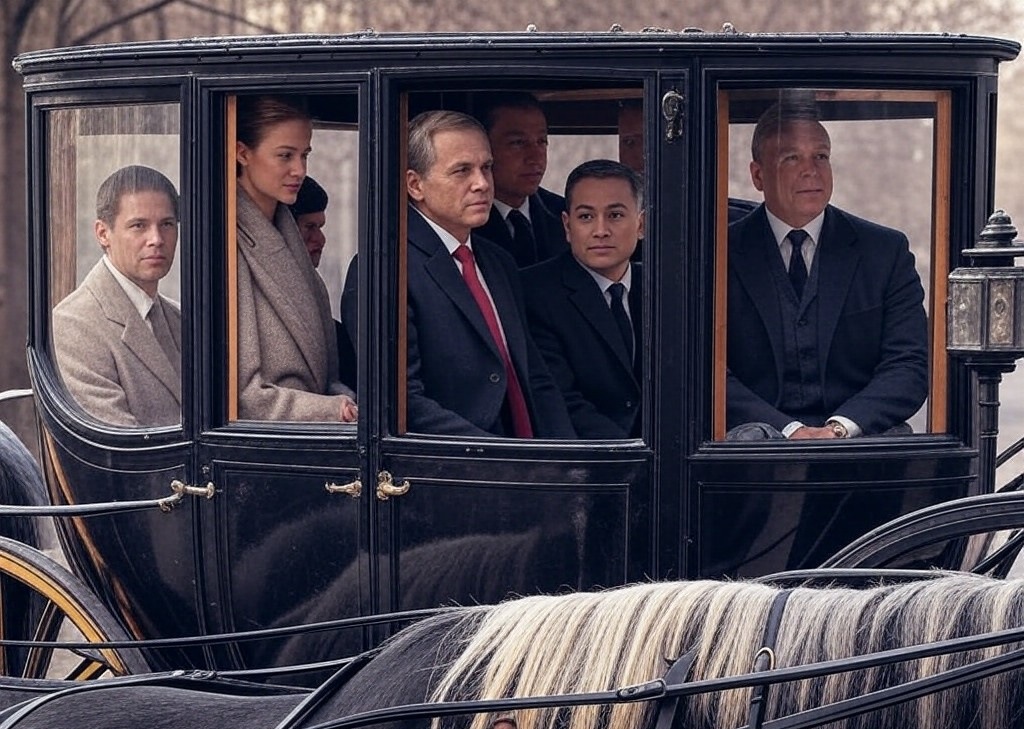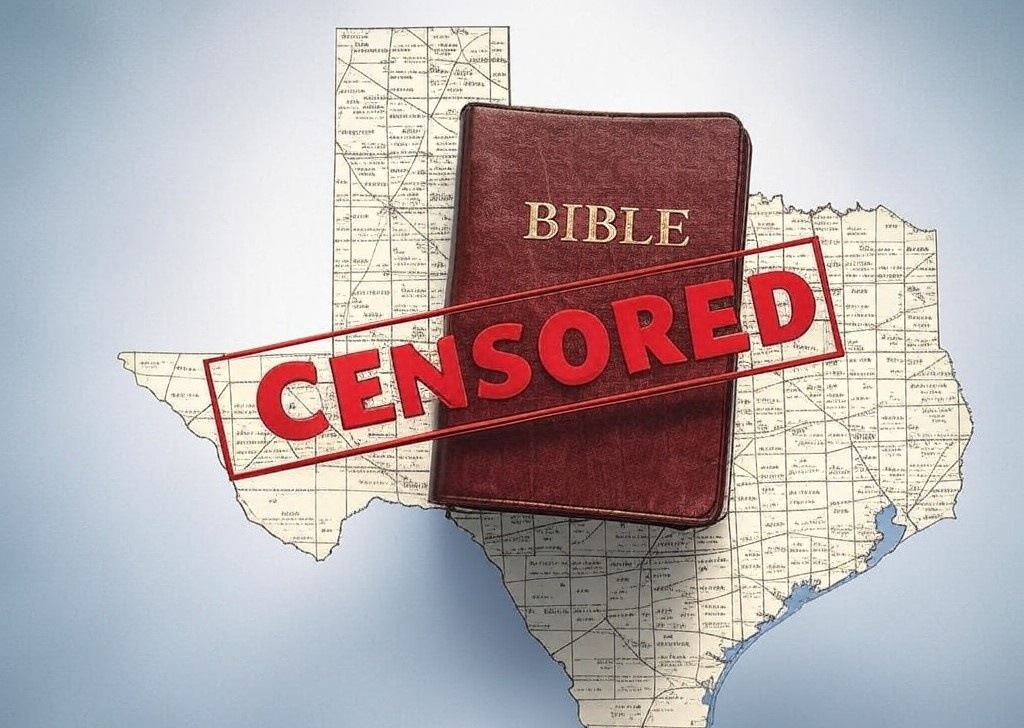In a controversial 6-3 decision, the Supreme Court has struck down a Trump-era ban on bump stocks, reigniting debates over gun control and judicial interpretations of federal law. Justice Clarence Thomas, writing for the majority, has come under particular scrutiny for his role in overturning a regulation born from one of the deadliest mass shootings in American history.
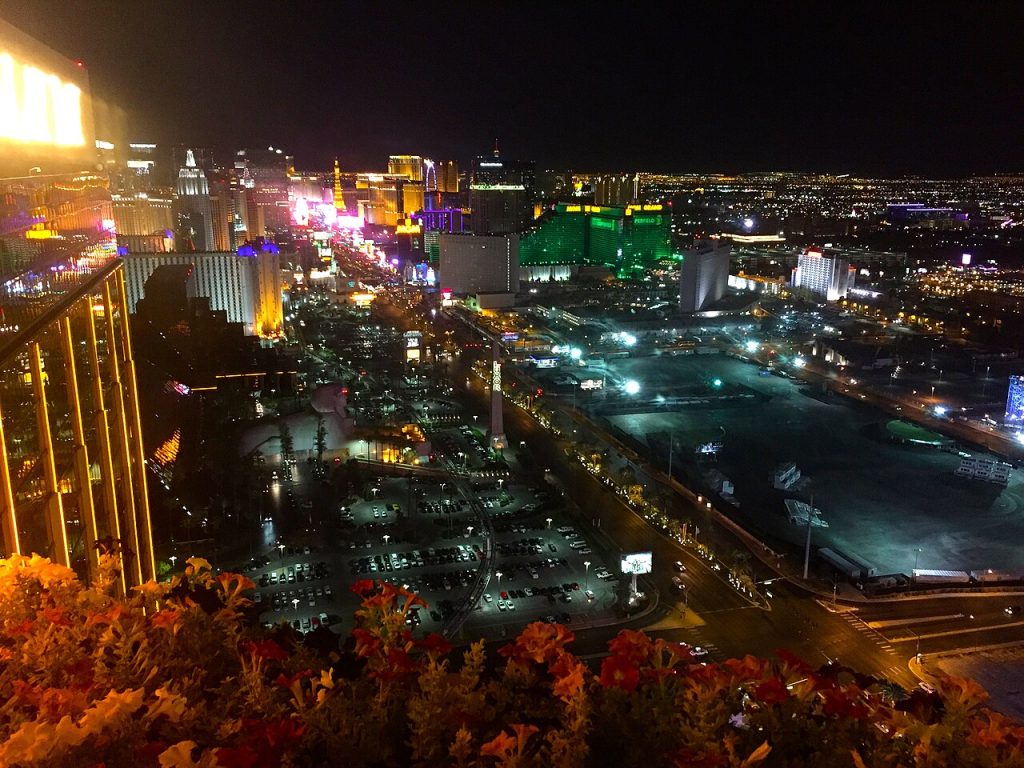
The ban on bump stocks, which enable semi-automatic rifles to mimic the rapid fire of fully-automatic machine guns, was implemented following the tragic 2017 Las Vegas shooting. In that horrific event, the shooter used weapons equipped with bump stocks to fire over 1,000 rounds in 11 minutes, resulting in nearly 60 deaths and hundreds of injuries. The shooting spurred widespread public support for stricter regulations on such devices. A 2018 poll indicated that 81% of American adults, including majorities of both Republicans and Democrats, favored banning bump stocks.
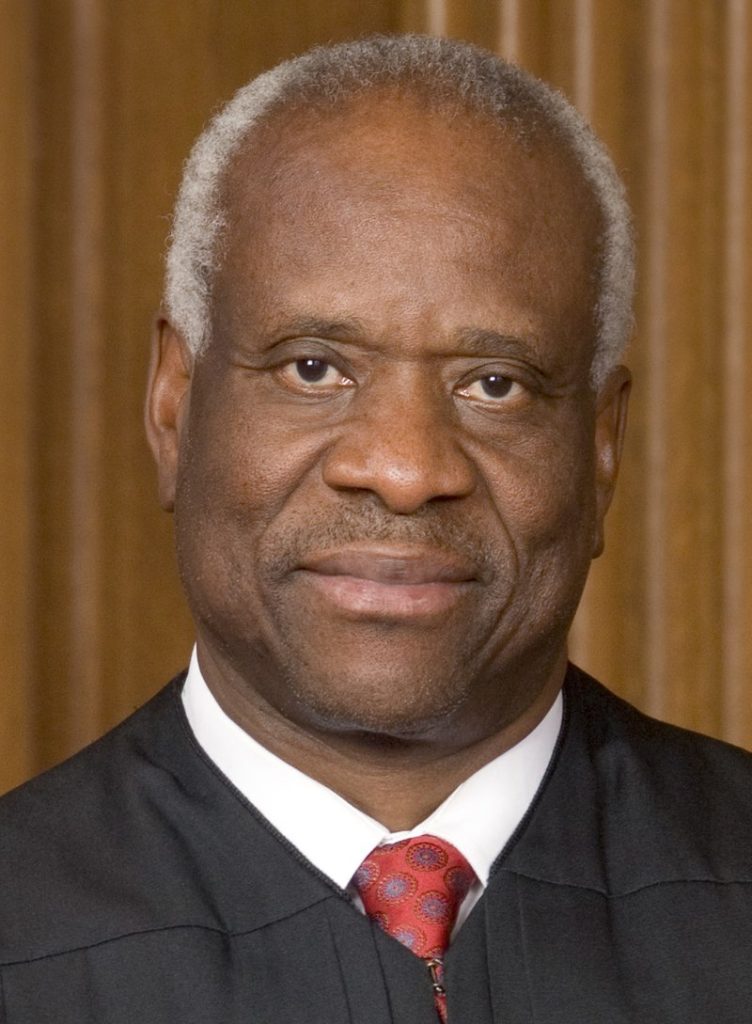
Despite this broad bipartisan support, Justice Thomas and the court’s conservative majority argued that the Trump administration overstepped its legal bounds in enacting the ban. According to Thomas, the bump stocks do not transform semi-automatic weapons into machine guns because they do not cause the weapon to fire more than one shot per trigger pull, as defined by federal law. This technical interpretation has been criticized for failing to address the broader intent and impact of the regulation.

In his opinion, Thomas focused on the precise language of the statute, asserting that a bump stock-equipped rifle does not meet the statutory definition of a machine gun.
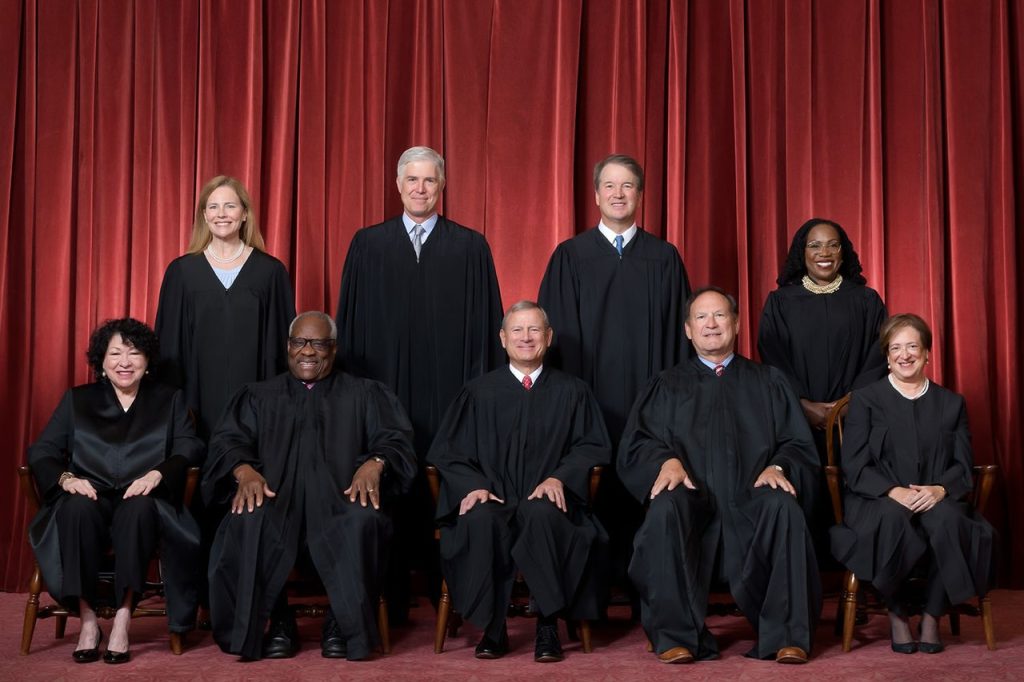
This narrow legalistic view overlooks the functional reality that bump stocks significantly increase the firing rate of semi-automatic weapons, effectively enabling them to perform like machine guns during mass shootings.
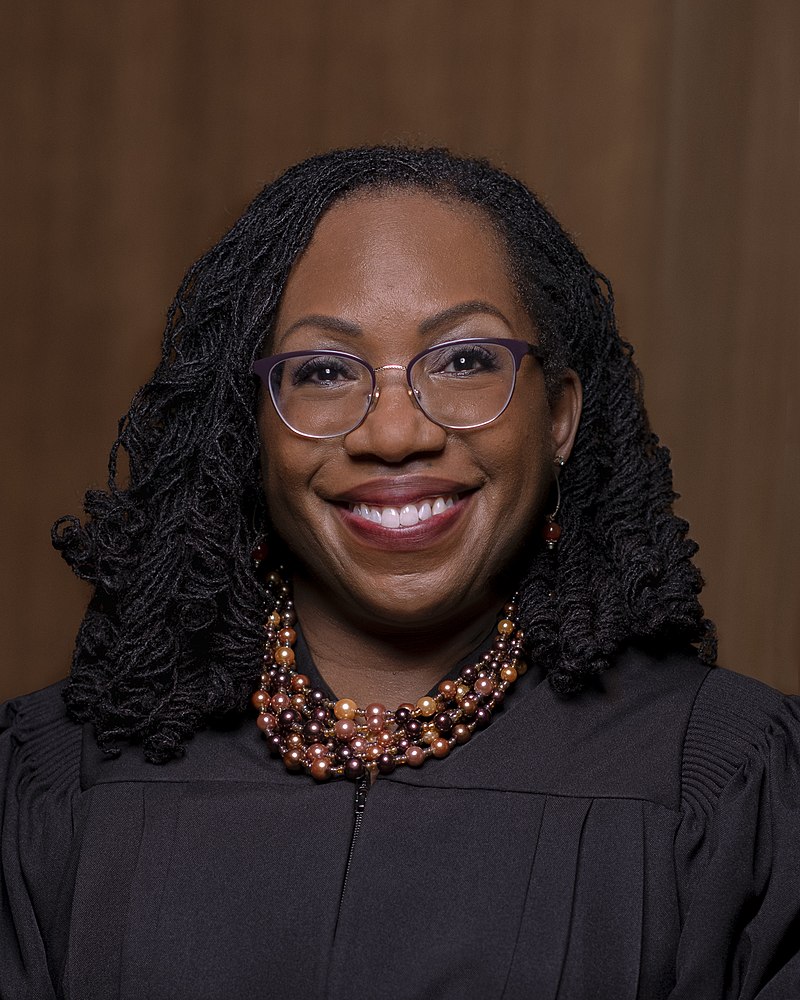
The decision has drawn sharp criticism from gun control advocates and the three liberal justices who dissented. Justices Sonia Sotomayor, Elena Kagan, and Ketanji Brown Jackson warned that the majority’s restrictive interpretation undermines federal efforts to regulate dangerous firearm modifications. They emphasized that the court’s decision could embolden gun manufacturers and enthusiasts to exploit similar loopholes, posing a severe threat to public safety.
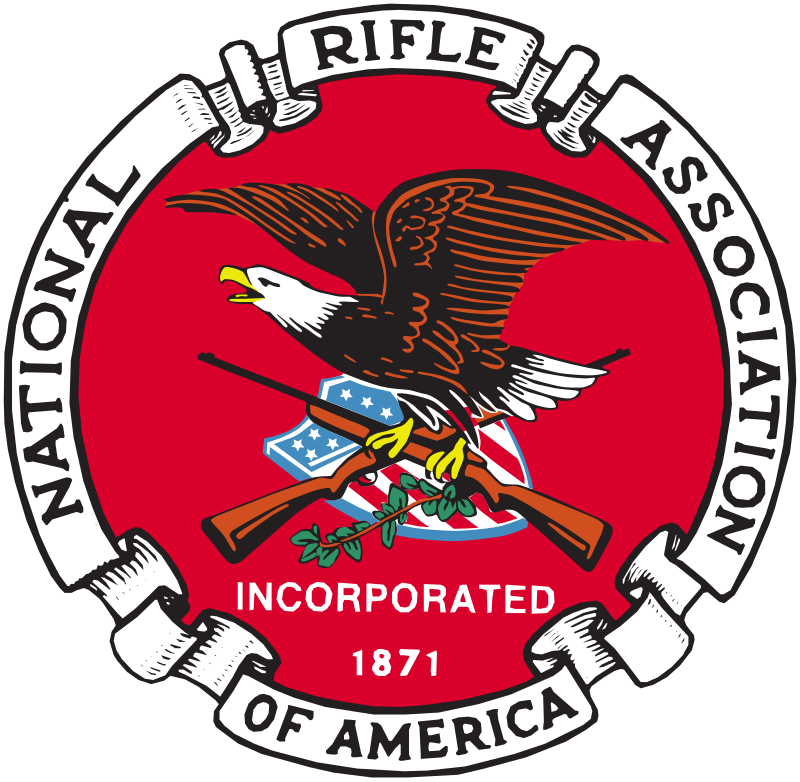
Critics argue that Thomas and the conservative majority are prioritizing a rigid, literalist interpretation of the law over common-sense measures to protect the public from gun violence. They point to the National Rifle Association’s (NRA) initial support for additional regulations on bump stocks, underscoring the rare moment of agreement between gun control advocates and the gun rights lobby in the aftermath of the Las Vegas massacre.
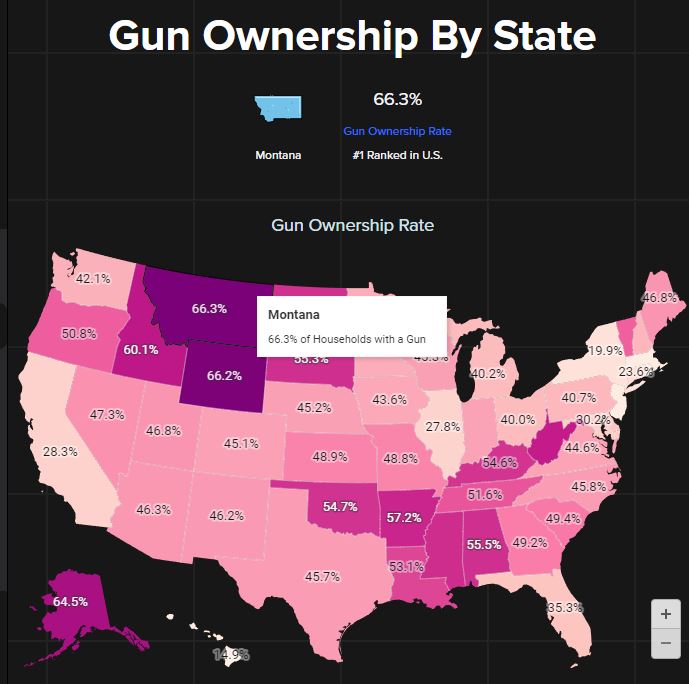
The ruling is seen by some as part of a broader trend of the court’s conservative majority dismantling gun control measures. This decision follows a series of rulings expanding Second Amendment rights, often at the expense of regulatory efforts aimed at curbing gun violence. Conservative states have more guns per capita and more death from guns than their liberal counterparts.
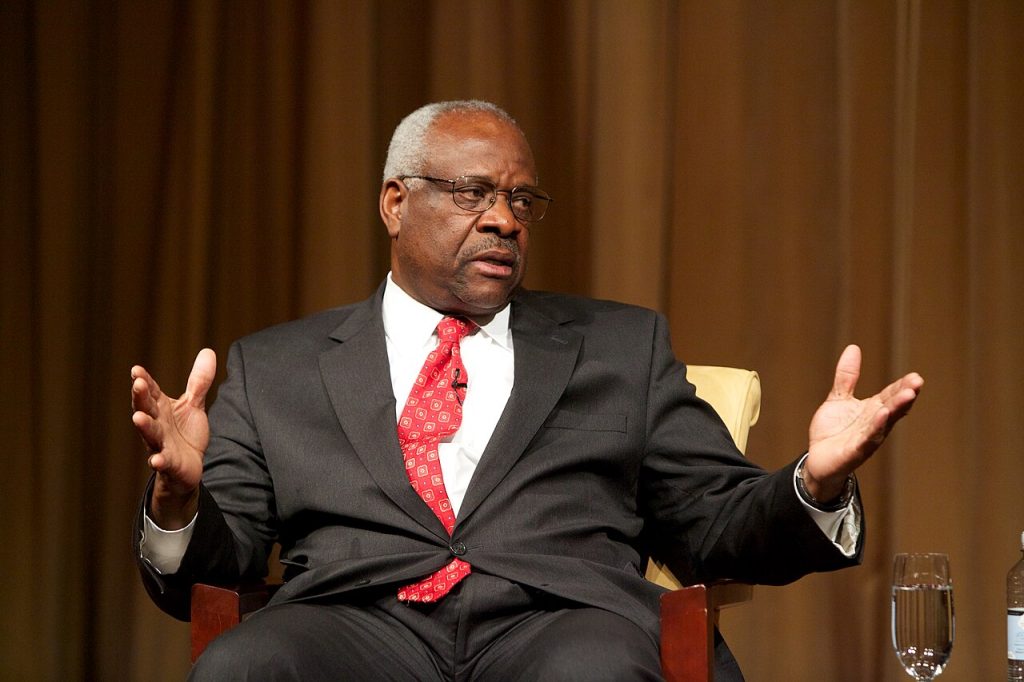
Justice Thomas, a staunch advocate of Second Amendment rights, has long been a polarizing figure on the court. His judicial philosophy, characterized by originalism and a deep skepticism of regulatory overreach, frequently places him at odds with those advocating for more robust gun control measures. This latest decision reinforces his reputation as a defender of expansive gun rights, even when it means overturning regulations with significant public support.
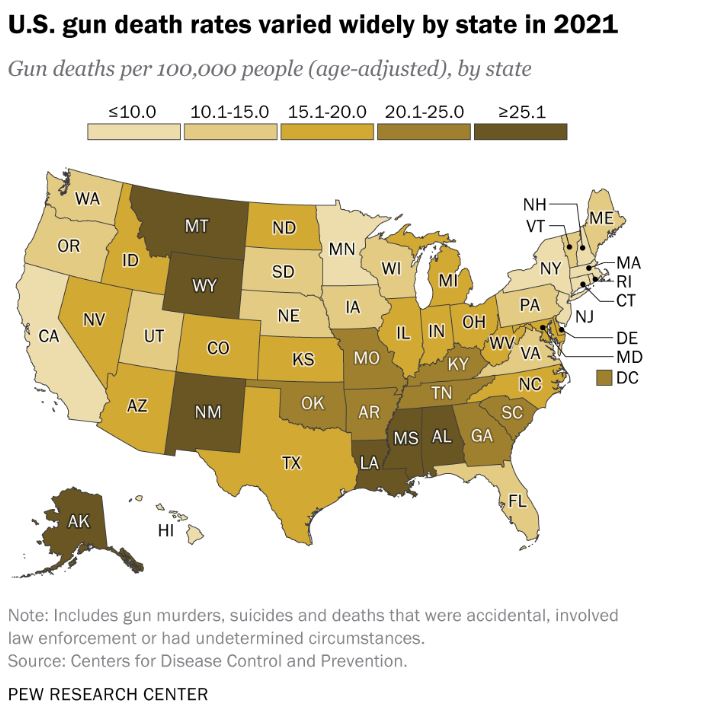
As the nation grapples with the implications of this ruling, the debate over gun control and judicial interpretation is set to intensify. For many Americans, the Supreme Court’s decision represents a step backward in the ongoing struggle to prevent gun violence and protect public safety. For others, it is a reaffirmation of constitutional rights and a necessary check on executive overreach.
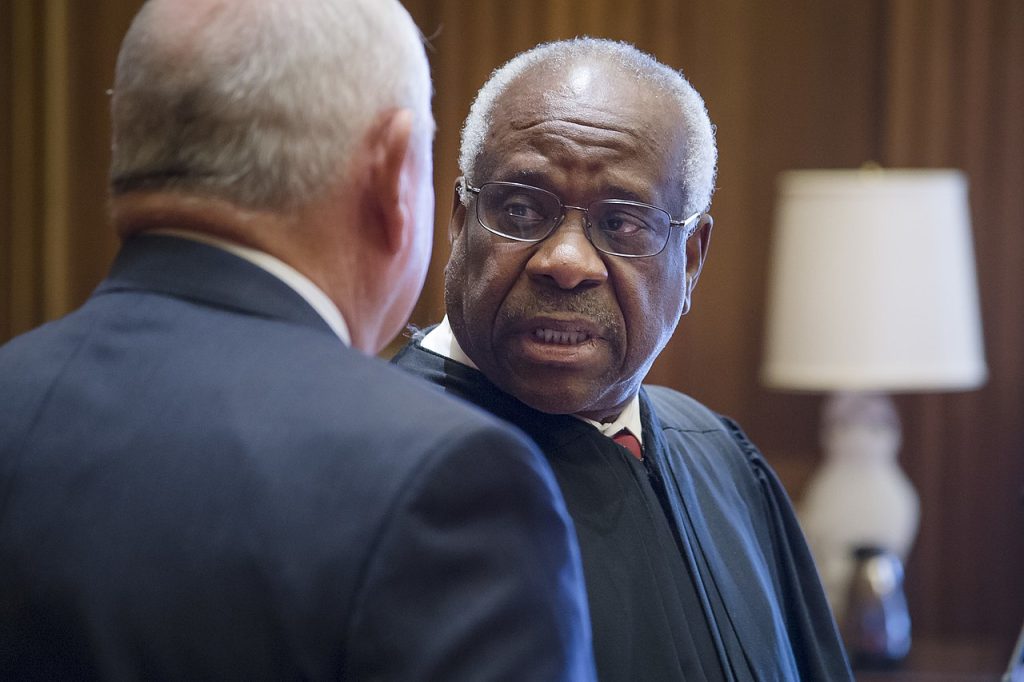
Regardless of where one stands, Justice Thomas’s opinion will undoubtedly continue to shape the discourse on gun control and the role of the judiciary in America.

